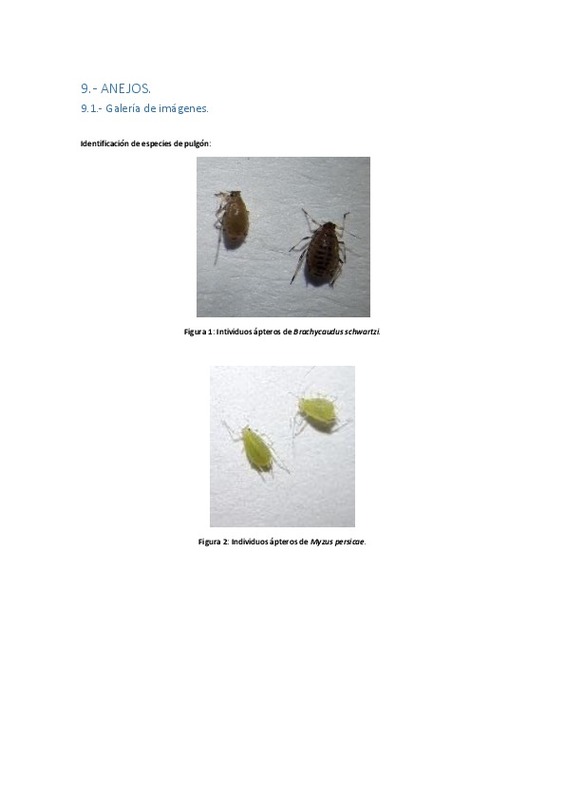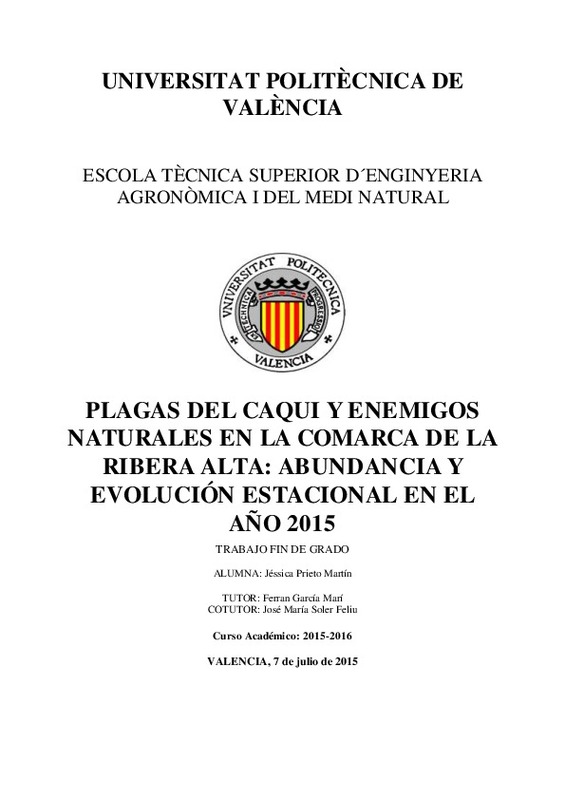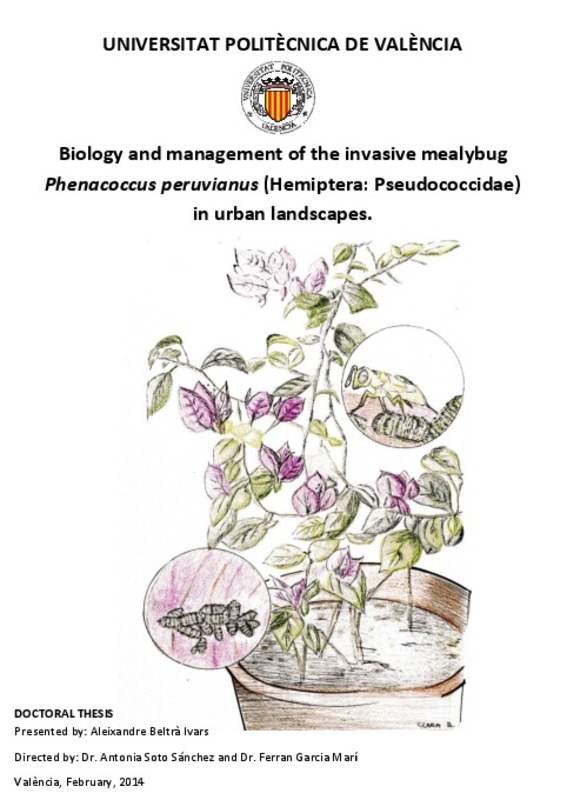JavaScript is disabled for your browser. Some features of this site may not work without it.
Buscar en RiuNet
Listar
Mi cuenta
Estadísticas
Ayuda RiuNet
Admin. UPV
Flower- parasitoid- pest interactions in an agro-ecological farming system
Mostrar el registro completo del ítem
Skronta, A. (2020). Flower- parasitoid- pest interactions in an agro-ecological farming system. Universitat Politècnica de València. http://hdl.handle.net/10251/153073
Por favor, use este identificador para citar o enlazar este ítem: http://hdl.handle.net/10251/153073
Ficheros en el ítem
Metadatos del ítem
| Título: | Flower- parasitoid- pest interactions in an agro-ecological farming system | |||
| Otro titulo: |
|
|||
| Autor: | Skronta, Aikaterini | |||
| Director(es): | Blazy, Jean Marc | |||
| Entidad UPV: |
|
|||
| Fecha acto/lectura: |
|
|||
| Resumen: |
[EN] This project aims to study the dynamic population of pests and natural enemies in a farming system that is based on agroecology and bio-inputs. The farming system (micro-farm) covers a superficial of 7000 m2 and is ...[+]
[ES] Este proyecto tiene como objetivo estudiar la dinámica poblacional de plagas y enemigos naturales en un sistema agrícola basado en principos agroecológicos y bioinsumos. El sistema de cultivo (micro-granja) cubre una ...[+]
|
|||
| Palabras clave: |
|
|||
| Derechos de uso: | Cerrado | |||
| Editorial: |
|
|||
| Titulación: |
|
|||
| Tipo: |
|




![[Cerrado]](/themes/UPV/images/candado.png)





